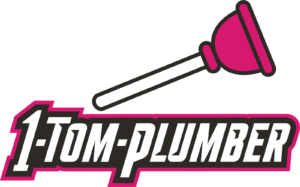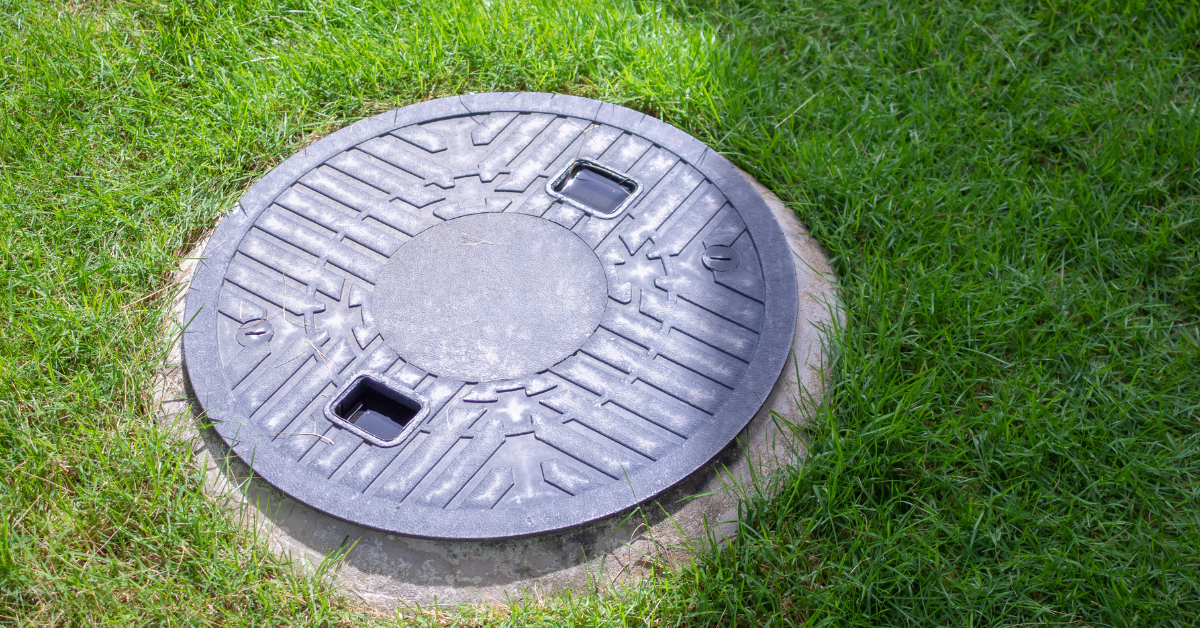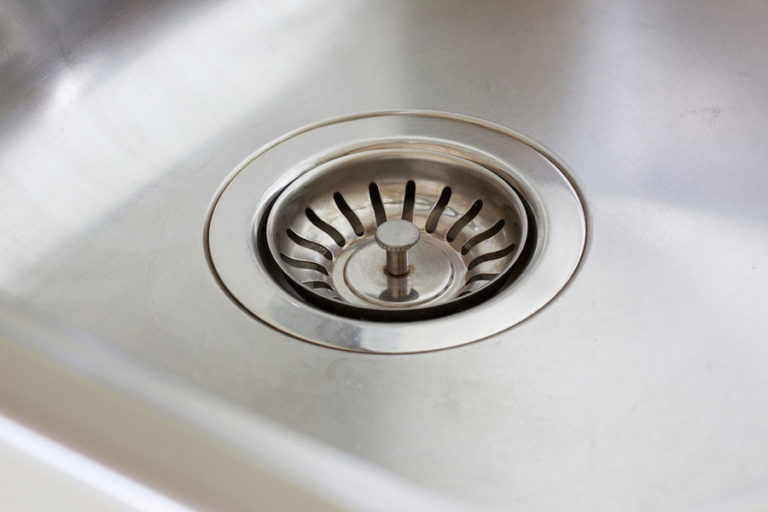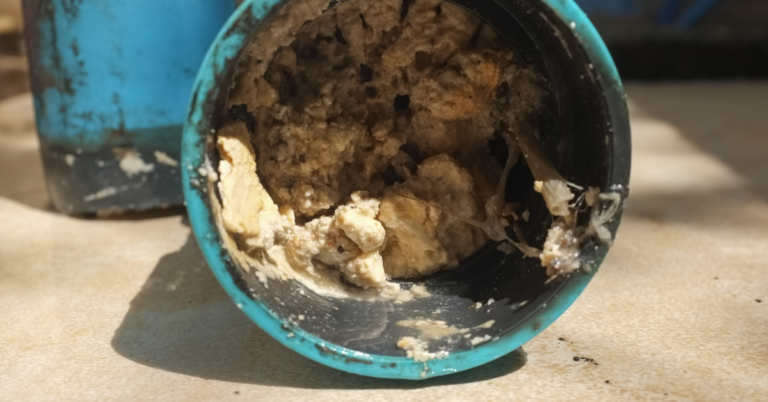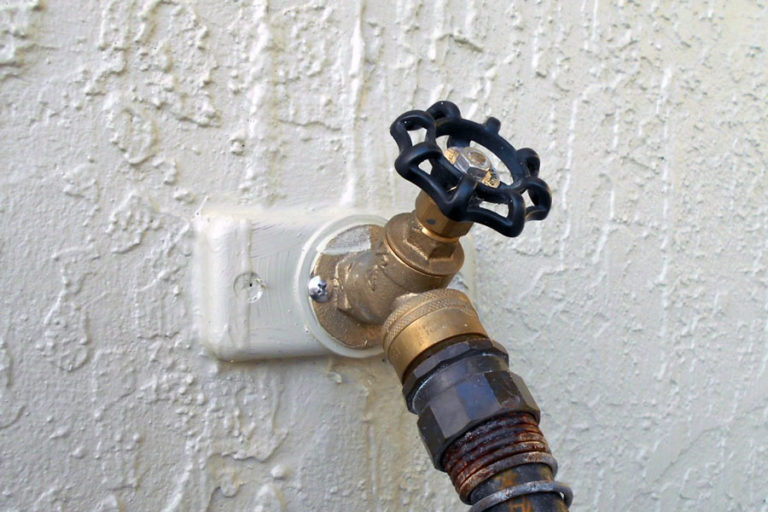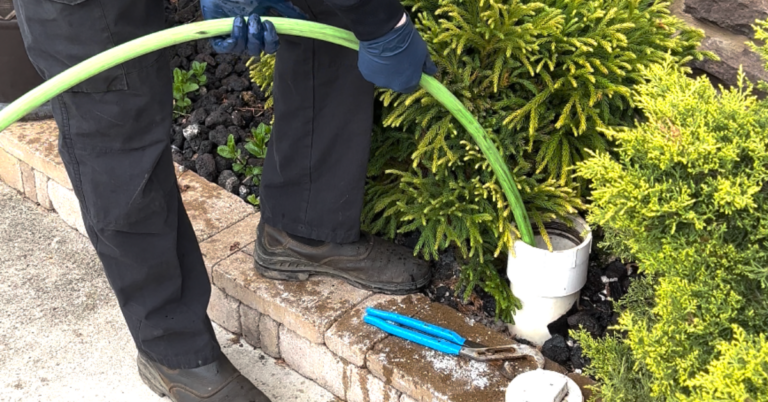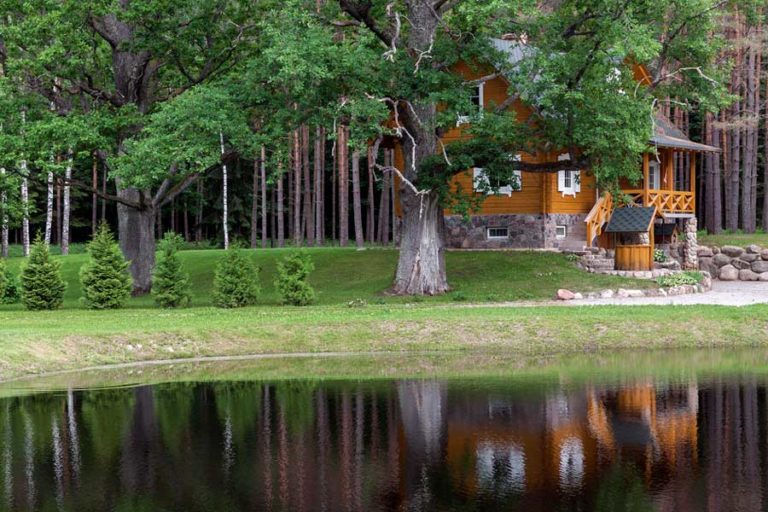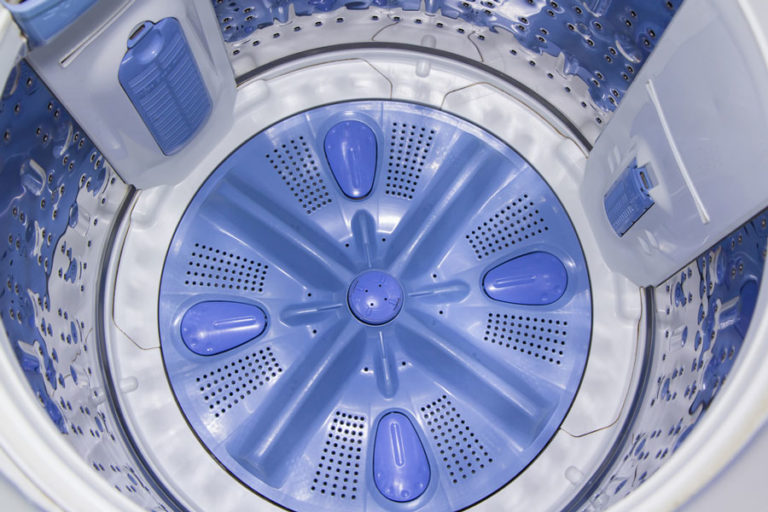What is a Sewer System?
Every time you wash something down the drain, or flush a toilet then you are creating sewage. That sewage has to go somewhere, and sewer systems are there to take care of it. The wastewater and stormwater eventually end up in a treatment plant. There are three main types of sewer systems: sanitary, stormwater and combined.
Sanitary Sewer System

Sanitary sewer systems carry the wastewater to wastewater treatment plants. Whenever you wash dishes or flush the toilet, the water from that is carried from your home to the sewer main (or your septic tank). A sanitary sewer system includes manholes, pipes, laterals, and pumping stations in the pipes. There is also a clean out in your home that gives a plumber access to the system to clean it out.
How Sanitary Sewer System Work

Ideally, they work gravity to move the wastewater away from homes. As sewer main pipes move away from the home they get smaller so only the wastewater can get through. When they reach the laterals, which transport the wastewater to a treatment facility, they get wider. Pumps help move the water in flatter areas.
Stormwater Sewer Systems

Stormwater systems involve the big drains you see along the curb of a street. Their goal is to move any sort of precipitation or groundwater away from the buildings and street and into a fresh water system. It’s important not to throw any trash, waste, chemicals or anything down these drains as they can then go on to kill wildlife or get into our water supply
They work by using pipes to take the water to a creek, river or lake. This water then generally ends up being a part of our drinking supply.
Combined Sewer Systems

A combined sewer system is where storm and wastewater combine to go to the treatment plant at the same time. These systems are hardly used any more, if a big water event happens (a large storm or a lot of snow builds up) it can overrun the system. This results in sewer back ups in all the homes in the area. Is a costly, and smelly problem to have to deal with.
Final Thoughts
Hopefully you don’t have to think about your sewer system too much. The important things to remember is to not flush anything that’s not waste or toilet paper, and not to throw anything down the storm drains on the street. These systems work in combination with each other to keep sewage and excess water out of our house and eventually back into our drinking water.
Call 1-Tom-Plumber
Don’t hesitate to contact us here or call us at 1-Tom-Plumber (1-866-758-6237) if you need any help with any plumbing issue. 1-Tom-Plumber’s certified team of plumbers and drain technicians respond immediately to any emergency plumbing, drain cleaning, or water damage problem.We also handle the excavation of underground water lines and sewer main lines. Our immediate-response team is available every day and night of the year, even on holidays.
